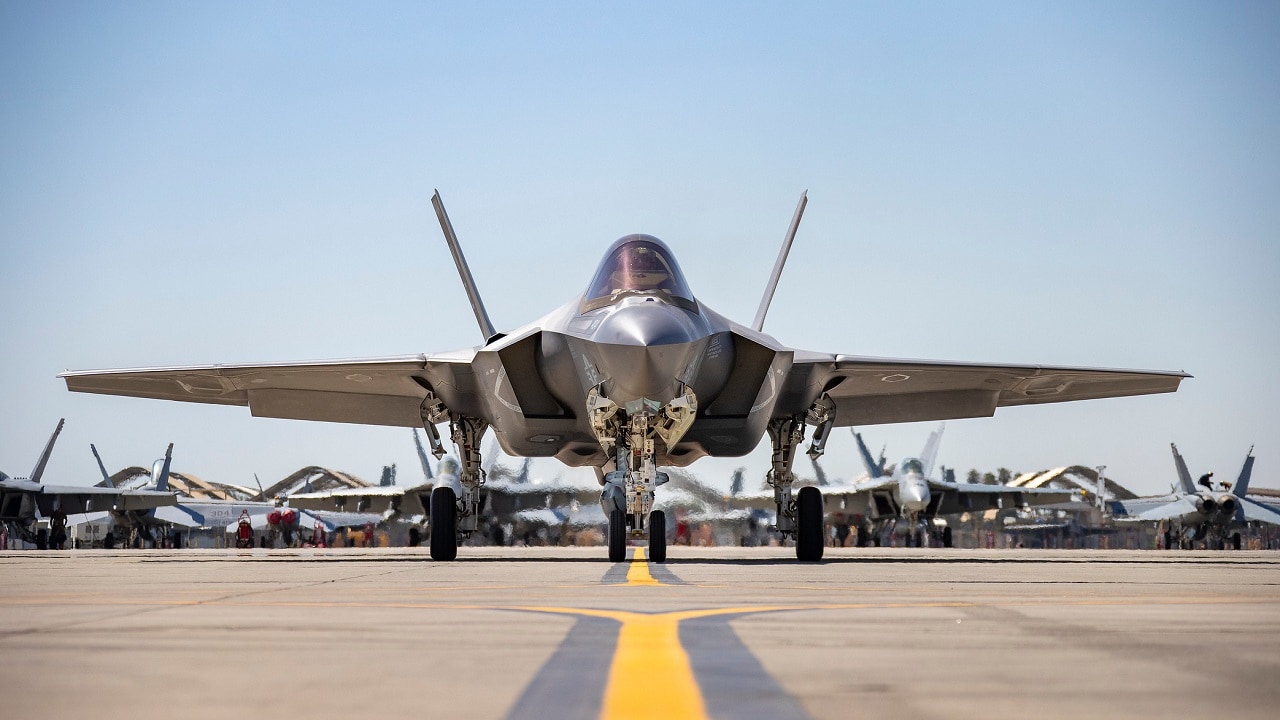The U.S. Navy has recovered an F-35C stealth fighter jet that crashed into the Pacific Ocean while it was attempting to land on a nuclear U.S. aircraft carrier several weeks after the incident.
A team from the 7th Fleet’s Combined Task Force 75 worked with the Naval Sea Systems Command (NAVSEA) to recover the crashed F-35C.
The Incident
The fifth-generation fighter jet crashed on January 24 while conducting routine carrier flight operations on the USS Carl Vinson in the South China Sea. Leaked footage from the incident showed the F-35C coming too low and striking the end of the carrier’s flight deck in what is known as a “ramp strike.”
Carrier landings are very tricky, and even experienced naval aviators can make mistakes. From the footage, it seems that the pilot miscalculated his altitude and didn’t have enough thrust to do another pass.
After hitting the back of the USS Carl Vinson, the F-35C traveled the whole length of the carrier and fell into the water. The pilot managed to eject safely while this was happening, but the uncontrolled aircraft wounded seven sailors in total.
“The pilot safely ejected from the aircraft and was recovered via U.S. military helicopter. The pilot is in stable condition. There were seven total Sailors injured; three Sailors required MEDEVAC to a medical treatment facility in Manila, Philippines, and four were treated by on-board medical personnel. All three MEDEVACs are assessed as stable. Of the four Sailors treated by on-board medical, three have been released. Additional details and the cause of the inflight mishap is under investigation,” the Navy had said in a press statement a few hours after the incident.
The Recovery
The Navy recovery task force located and recovered the F-35C fighter jet from an impressive depth of 12,400 feet.
NAVSEA’s Supervisor of Salvage and Diving worked with the Combined Task Force 75 to recover the F-35C. The recovery operation took place from the Picasso, a diving support construction vessel—ironically enough, the Picasso was built in China, but it helped the U.S. Navy to recover the stealth fighter jet that the Chinese military would have loved to get its hand on first.
“The task force’s expertise in rapid, scalable command, control, and communications, agile logistics, organic security, and explosive ordnance disposal was the most flexible choice for the fleet commander to respond in a timely manner. Ultimately, this deliberate approach resulted in the correct capabilities conducting recovery operations within 37 days of the incident. Given the unique challenges of this problem and the unique technical capabilities that NAVSEA delivered, this was an aggressive and achievable timeline,” Captain Gareth Healy, the commodore of the Combined Task Force 75, said in a press release.
The Navy used a CURV-21 remotely piloted vehicle to recover the F-35C fighter jet from the bottom of the ocean. This isn’t the deepest recovery for the Navy. In 2020, the Navy had recovered a Navy recovered an MH-60 Sea Hawk helicopter from a depth of 19,000 feet in the Philippine Sea.
1945’s New Defense and National Security Columnist, Stavros Atlamazoglou is a seasoned defense journalist specializing in special operations, a Hellenic Army veteran (national service with the 575th Marine Battalion and Army HQ), and a Johns Hopkins University graduate. His work has been featured in Business Insider, Sandboxx, and SOFREP.

